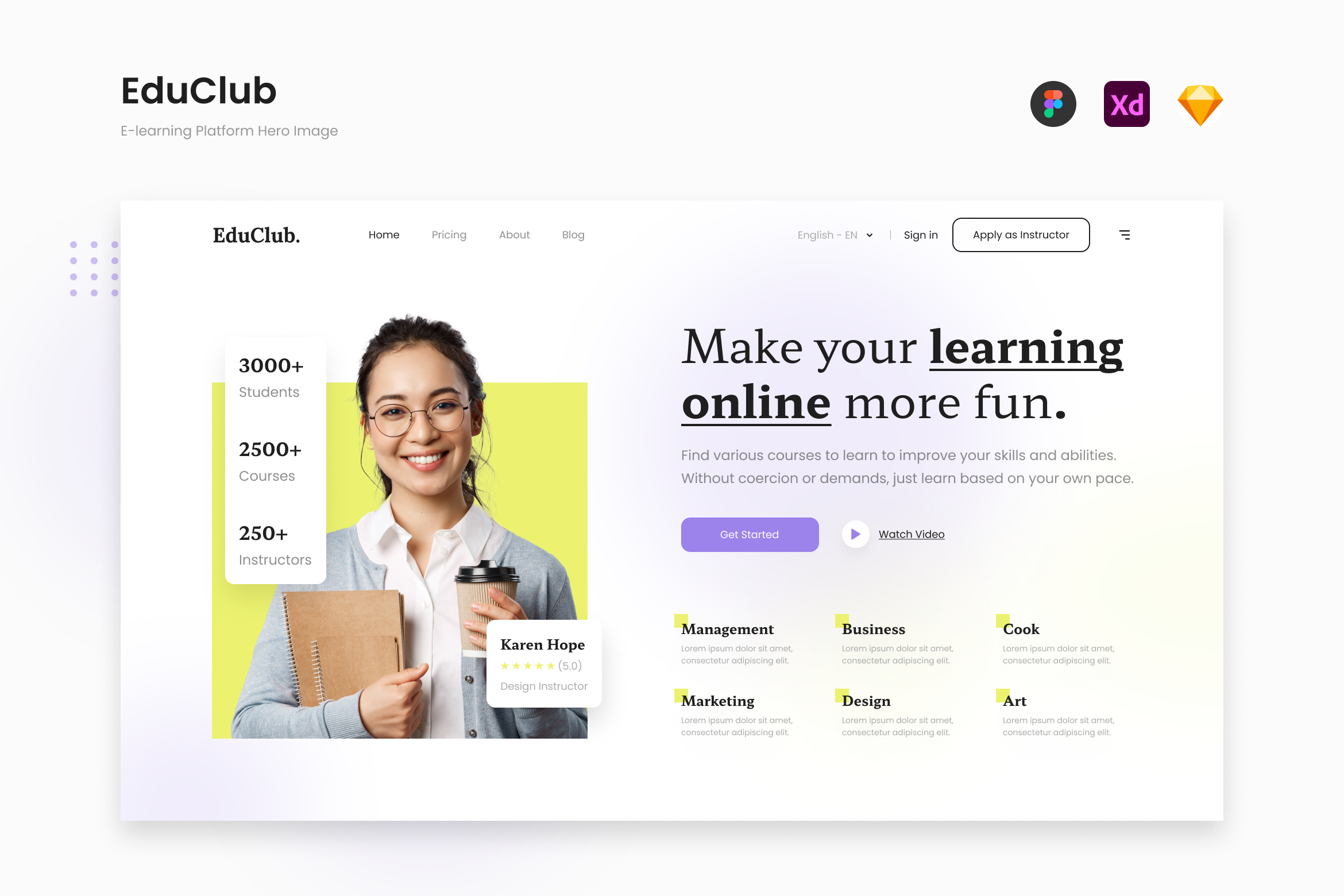A2102 Insights
Explore the latest trends and news on technology, lifestyle, and more.
E-Learning Platforms: Where Knowledge Meets Convenience
Unlock knowledge and convenience! Discover the best E-Learning platforms for a smarter, more flexible learning journey today!
Top 10 E-Learning Platforms Revolutionizing Online Education
The landscape of education has transformed dramatically with the advent of online learning. E-learning platforms are at the forefront of this revolution, providing accessible and flexible learning opportunities to students worldwide. Among the most influential platforms are Coursera, Udemy, and edX, each offering a diverse range of courses across various fields. These platforms not only provide valuable resources for learners but also create opportunities for educators and professionals to share their knowledge globally.
As we delve deeper into the top 10 e-learning platforms that are revolutionizing online education, we will highlight platforms like Teachable, which empowers users to create their own courses, and Skillshare, which focuses on creative skills and community learning. Each of these platforms incorporates cutting-edge technology and innovative teaching methods that redefine traditional education. The convenience of learning from anywhere, coupled with the plethora of available resources, makes these e-learning platforms a game changer in the quest for knowledge.

How E-Learning Platforms Enhance Your Career Growth
In today's fast-paced job market, e-learning platforms provide a flexible and efficient way to advance your skills and knowledge. By offering a wide range of courses that cater to various industries, these platforms enable you to stay competitive and relevant in your field. Whether you're looking to acquire new technical skills, enhance your business acumen, or delve into leadership training, e-learning can help accelerate your career growth by allowing you to learn at your own pace and on your own schedule.
Moreover, many e-learning platforms offer unique opportunities for networking and collaboration with industry experts and like-minded peers. Platforms like edX and Coursera not only provide access to high-quality courses from leading universities but also allow you to join forums and discussion groups. This connectivity can foster valuable relationships and mentorship opportunities, ultimately enhancing your professional visibility and accelerating your path to success. According to a recent study, individuals who engage in online learning environments often report significant improvements in job performance and career advancement prospects.
What to Look for in an E-Learning Platform?
When choosing an e-learning platform, it's essential to consider several key features that can significantly impact the overall user experience and learning outcomes. First, examine the platform's user interface and ease of navigation. A well-designed interface enhances learner engagement, while intuitive navigation reduces frustration. Additionally, investigate the platform's mobile compatibility, as a significant number of users prefer to access their courses on the go. Furthermore, look for a variety of course formats such as video lectures, quizzes, and interactive content to accommodate different learning styles.
Another crucial factor to consider is the support and resources that come with the platform. Check for customer support options available, such as live chat or email assistance, as well as the availability of training materials for both instructors and learners. Also, evaluate the platform's analytics capabilities, which can provide valuable insights into user engagement and learning progress, helping you to make data-driven decisions to improve your courses.